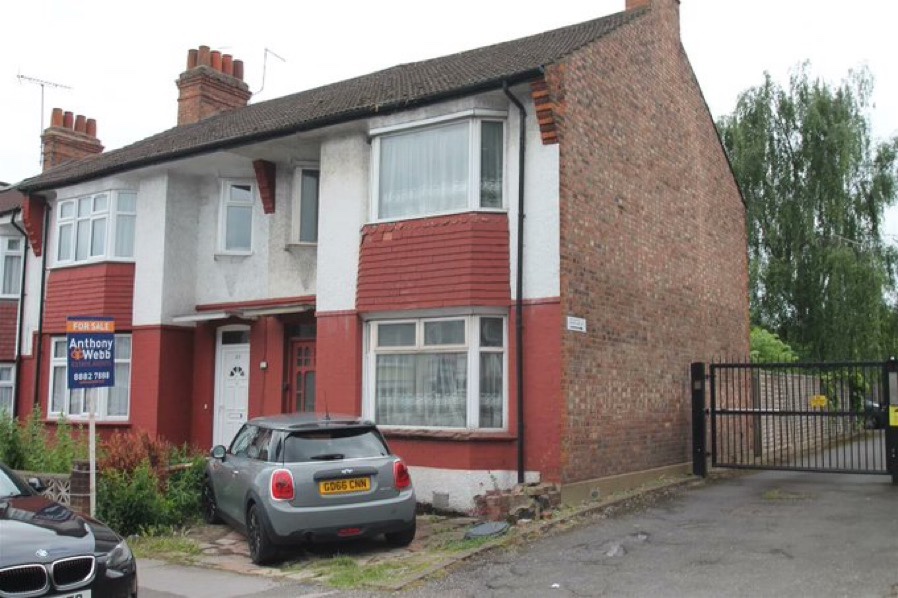Down valuations leaving £8,000 gap

Down valuations leaving £8,000 gap between buyers and sellers
Research by property purchasing specialist, HBB Solutions, has shown that as the UK property market starts to cool, buyers and sellers are having to negotiate a £8,000 reality gap as a result of down valuations.
The average UK house price is currently £286,397 but the research from HBB Solutions shows that those sales subject to a down valuation are being hit to the tune of a 2.8% reduction.
This means that there is a £7,978 shortfall between the sum a lender is willing to lend and the price expectation of the seller.
In this instance, the seller has no choice but to lower their asking price by almost £8,000. If they aren’t willing to do so, the buyer has no choice but to increase their deposit by the same sum.
With the average buyer placing a 25% deposit to the tune of £71,599, a £7,978 increase pushes the required deposit pot up to 27% of the property’s value.
The biggest down valuation adjustments in the current market are in the East Midlands, where a 3.3% reduction is causing a price gap of £8,109 between buyer and seller.
In the East of England, this gap stands at £8,090, with the average down valuation coming in at 2.3%.
Scotland is home to the second largest down valuation adjustment at 4.3%, meaning buyers and sellers need to re-negotiate to the tune of £8,089, with buyers and sellers in Wales (£8,056) and the South West (£8,011) also having to readjust a previously done deal by more than £8,000 as a result of a down valuation.
This down valuation market difference is at its lowest in the North East, but even then, buyers and sellers still need to negotiate a difference of £7,638 between the price agreed and the value of a property subject to a down valuation.
Managing Director of HBB Solutions, Chris Hodgkinson, commented:
“Down valuations are a worst case scenario for buyers and sellers who have already danced the dance to agree a sale price on a property. Unfortunately, they can be a common occurrence and one that is only going to increase as the market enters a period of heightened instability.
What we’re currently seeing is that the market is starting to slow from a house price appreciation point of view. What we’re not seeing is recognition of these changing market conditions from the nation’s home sellers, who remain intent on securing the highest price possible for their home.
At the same time, low stock levels mean that many buyers are still meeting them at this inflated price point in order to secure a home and before the cost of a mortgage climbs any higher.
However, following a string of interest rates, many mortgage lenders are now starting to get cold feet and reduce their rate of lending in anticipation of things to come. The result of which is a far greater number of homes being subject to a down valuation and by quite a margin, leaving home sellers and buyers to go back to the drawing board in order to get an offer finalised.
In order to do so, the buyer either needs to increase their mortgage deposit and quick, a task that many struggle to do having already saved for years to enter the market in the first place. Or the seller needs to accept the lower price for their home which, again, many aren’t willing to do.”




